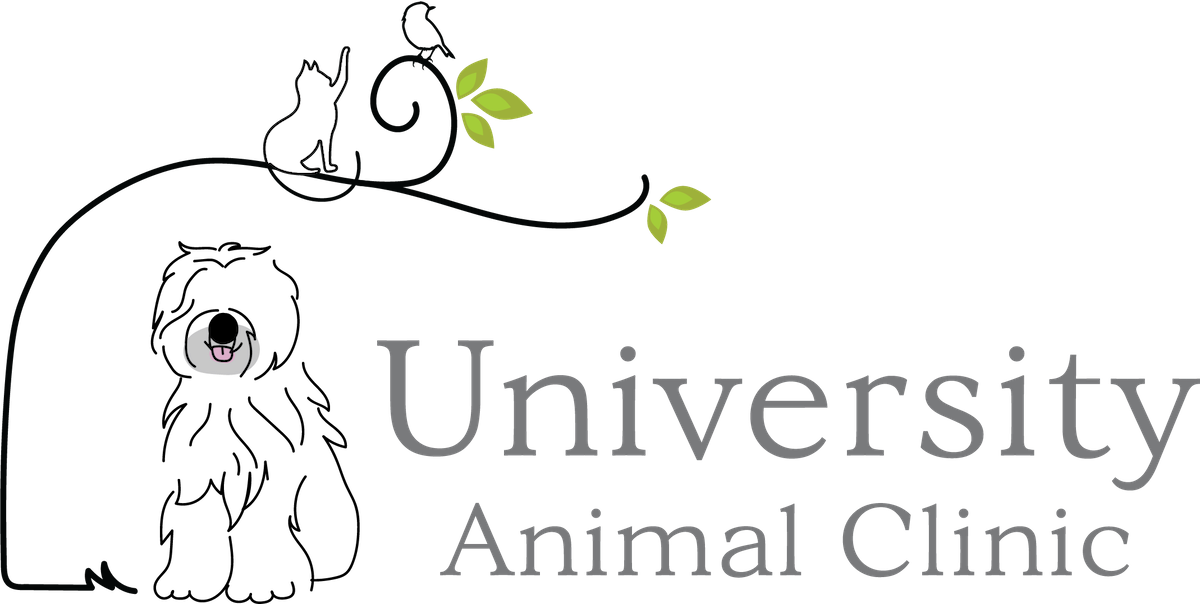As responsible pet owners, it's crucial to be proactive in understanding and addressing potential health issues in our furry friends – especially when it comes to their eyes. In our last article, we discussed some common eye issues we see in cats and dogs. In this article, we are going to finish looking at common eye disorders that are seen in veterinary medicine, detail how they present in the clinic, what veterinarians will use to aid in diagnosing them, and, finally, treatment and care options for each condition.
Let’s get started.
Keratoconjunctivitis Sicca
What Is Keratoconjunctivitis Sicca? Keratoconjunctivitis Sicca (KCS) is commonly referred to as dry eye. It is an eye condition that occurs when an animal doesn't produce enough tears, and can occur in both dogs and cats. Causes of KCS include immune mediated diseases, certain infections, hypothyroidism, damage to the nerves that go to the tear glands, and certain medications. Some breeds are also predisposed to KCS. Brachycephalic breeds, Cocker Spaniels, Cavalier King Charles Spaniel, Westies, and Yorkshire Terriers are some of the breeds affected most commonly by dry eye.
.jpg)
How It Presents in the Clinic: Clinical signs of KCS include squinting, excessive blinking, thick yellow mucoid discharge that almost seems to stick to the eye, and keeping the eyes shut. Corneal ulcers often form secondary to this condition as well, and corneal scarring and hyperpigmentation of the eye can occur.
Keratoconjunctivitis Sicca is diagnosed by a veterinarian using a test called the Schirmer Tear Test (STT). The STT is a simple and non-invasive test that involves placing a small strip of paper in the lower eyelid to measure the amount of tears produced by the patient over a minute. Additional tests to make sure there are no secondary ulcers or underlying disease processes may also be performed.
Treating Keratoconjunctivitis Sicca: As a pet owner, your role in the treatment of KCS is integral. Treatment involves applying daily eye medication for the rest of your pet's life. With applications of this medication typically needed 2-3 times per day, you’ll need to be on top of your pet’s medication regimen at all times to ensure the best outcome for your dog or cat’s eye health. Rechecks will be needed periodically to make sure the medication is working and for your veterinarian to assess the overall state of your pet’s eyes.
Conjunctivitis
What Is Conjunctivitis? Conjunctivitis is one of the most common eye diseases that most veterinarians see in practice. Conjunctivitis occurs when there is inflammation of the conjunctiva of the eye, which gives the white part of the eye a red appearance.
How It Presents in the Clinic & Treatment: Clinical signs of conjunctivitis in dogs and cats include squinting, redness of the eye, swelling around the eye, rubbing the eyes, and green or yellow discharge. It usually affects both eyes at the same time. Conjunctivitis can commonly be caused by infection, KCS, entropion, ulcers, and trauma to the eye, among other things.
Conjunctivitis is diagnosed through a physical exam of your pet. Additional testing may be done to rule out corneal ulcers, KCS, and other underlying problems. Treatment for conjunctivitis in pets usually involves eye medication and if necessary, treating any underlying issues such as KCS, which we discussed above.
Corneal Ulcer
What Is a Corneal Ulcer? Corneal ulcers happen when damage is caused to the cornea. They can sometimes be referred to as corneal scratches or abrasions. Damage usually comes from trauma such as a cat scratch, running through brush, etc. Corneal ulcers can also occur secondary to other eye conditions such as KCS.
How It Presents in the Clinic: Corneal ulcers are painful. Clinical signs of corneal ulcers in dogs and cats are squinting, rubbing at the eye, excessive tear production, and yellow or green ocular discharge.
.jpg)
Corneal ulcers are diagnosed through physical exams by staining the eye with a special stain called fluorescein stain. Once a diagnosis is made, the corneal ulcer can be treated with topical medication.
Treating Corneal Ulcers: Most corneal ulcers heal in 3-5 days, but sometimes they have difficulty healing, and additional steps may need to be done to help with healing. If healing is not occurring, the next step may involve surgery on the eye to promote corneal healing. This may be done by your veterinarian, or your veterinarian may refer you to a veterinary ophthalmologist.
Trauma
.jpg)
What Is Eye Trauma in Dogs and Cats? Ocular trauma can be anything from a corneal ulcer to a severe incident that causes an eye to "pop out" of a dog's head – which is most commonly seen with brachycephalic dogs that get into dog fights or experience head trauma. I have seen things from a porcupine quill sticking out of the eye; to a cat coming home and having its lens poking out of its eye.
If ocular trauma occurs to your pet, contact your veterinarian right away so that your pet can be seen and appropriately treated.
Act Quickly When It Comes to Your Pet’s Vision
The two most common mistakes I see owners make are taking a sit-and-wait approach to getting their pet with an eye problem seen and using medication that they have at home on their pet without consulting a veterinarian. Certain over-the-counter eye medications, when not used appropriately, can make some eye conditions worse and permanently damage the eye. It's always best to consult your veterinarian before using any medication on your pet's eyes.
Quickly taking your pet to the vet if you are concerned about an eye problem can sometimes make the difference in saving your pet's vision.
If you have questions and you'd like to reach out to us, you can call us directly at (941) 253-5218, or you can email us at staff@uacvet.com. Don't forget to follow us on social media Facebook, Instagram.
